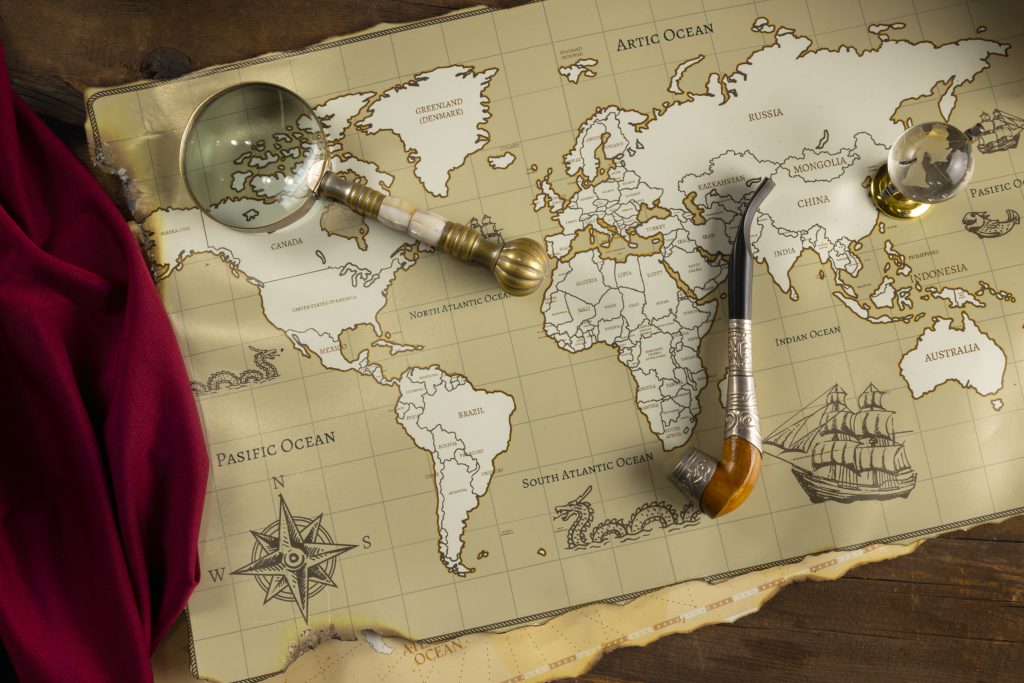At a time when global supply chains and international diplomacy dominate headlines, it’s easy to think of globalization as a recent development. But the truth is, the foundation of globalization was laid thousands of years ago—along paths carved through deserts, across mountains, and over oceans. The study of what ancient trade routes reveal about globalization offers not only historical insight but also a clearer understanding of the cultural and economic systems shaping our current world.
Today, scholars, economists, and educators are increasingly looking to the past to decode the patterns of modern interconnectedness. From the Silk Road to the trans-Saharan networks, ancient trade routes functioned much like today’s global internet and logistics infrastructure: moving goods, ideas, religions, languages, and technologies across continents.

Why Ancient Trade Routes Matter Now
In the age of AI, cryptocurrency, and international e-commerce, revisiting ancient trade networks might seem like a purely academic exercise. But a new wave of research is challenging that assumption. There’s a growing recognition that the forces shaping our hyper-connected world today have deep historical roots.
Current Trends in Education and Global Studies
- Curriculum Revisions: Universities and secondary schools are updating global history curricula to include a stronger emphasis on pre-modern globalization patterns. The aim is to foster cross-cultural literacy and systems thinking.
- Decolonizing History: The reexamination of ancient trade routes supports a broader movement to move beyond Eurocentric narratives. Emphasis is shifting to regions like East Africa, Central Asia, and Southeast Asia, which played crucial roles in shaping global dynamics.
- Digital Humanities: New tools—such as interactive maps, machine learning analysis of trade documents, and satellite archaeology—are helping researchers visualize how historical globalization evolved over time.
What Ancient Trade Routes Reveal About Globalization
1. Globalization Is Not New For Ancient Trade Routes
The concept of interconnected economies and cultures is not unique to the 21st century. The Silk Road, operational from roughly 130 BCE to the 1450s, spanned over 7,000 kilometers from China to the Mediterranean. It carried not only silk but also spices, precious metals, paper, and religious philosophies.
The Indian Ocean trade network connected East Africa, the Middle East, India, and Southeast Asia. Goods such as ivory, incense, ceramics, and textiles moved regularly along these routes as early as 2,000 years ago.
Key point: Globalization in antiquity was often driven by necessity (access to resources), opportunity (market expansion), and innovation (navigation, currency systems).
2. Cultural Exchange Was Central, Not Secondary
Modern globalization is often discussed in economic terms, but ancient trade routes highlight that cultural exchange is a fundamental part of the process. Alongside goods, trade routes facilitated:
- The spread of languages (Arabic, Sanskrit, Mandarin)
- Philosophies and religions (Buddhism traveled from India to China; Islam spread through North and West Africa)
- Culinary diffusion (Spices from Southeast Asia transformed European cuisine)
- Art and architectural influence (Islamic geometric art found in Spanish architecture)
These examples show how ancient globalization was multidimensional, shaping values, identity, and social structures—just like today.
3. Interdependence and Vulnerability Coexisted
One of the most relevant lessons from what ancient trade routes reveal about globalization is the balance between interdependence and vulnerability.
- Economic collapse: When the Mongol Empire disintegrated in the 14th century, the decline of the Silk Road disrupted trade and isolated regions that had grown reliant on external imports.
- Epidemics: The Black Death, which spread from Central Asia to Europe via trade routes, underscores how globalization also facilitates the rapid transmission of disease.
- Political fragility: Trade relationships were often hostage to political instability, pirate activity, or shifting alliances—much like supply chain issues caused by modern geopolitical tensions.
Applying Ancient Trade Routes Lessons to Modern Globalization
Supply Chain Resilience
The pandemic, climate-related disasters, and political conflicts have strained global supply chains. Ancient trade routes were similarly vulnerable to disruption, which led merchants to diversify routes and establish trade hubs—lessons mirrored today in the push for nearshoring and regional trade agreements.
Soft Power and Influence
Just as empires spread their influence through trade (e.g., Chinese porcelain in Persia), countries today engage in cultural diplomacy via media, education, and development aid. Understanding ancient globalization helps decode the non-military tools that shape global influence.
Cross-Border Collaboration
The collaborative nature of ancient trade routes—such as the coordination between Arab, Indian, and East African traders in the Indian Ocean—parallels today’s need for multilateralism. Solutions to climate change, migration, and pandemics require the same level of interregional cooperation.
How Educators and Students Can Explore Ancient Trade Routes Further
For students and teachers alike, exploring what ancient trade routes reveal about globalization can be a springboard into complex discussions about power, identity, and systems.
Suggested Activities and Topics
- Interactive Mapping: Use digital tools to map ancient trade routes and overlay them with modern transportation and communication networks.
- Comparative Essays: Analyze the Silk Road and the internet as mechanisms of information flow and economic transformation.
- Case Studies: Investigate how individual cities—like Timbuktu or Samarkand—emerged as global hubs due to their position on trade routes.
- Simulations: Classroom exercises that simulate trade negotiations across historical empires help students understand the stakes and diplomacy involved.
Recommended Resources
- Silk Road Project by the Smithsonian: Offers timelines and interactive learning tools.
- World History Encyclopedia: An accessible source for cross-cultural history.
- Open Access Book: “The Silk Roads” by Peter Frankopan: Reframes world history through the lens of trade.
Conclusion
Far from being relics of the past, ancient trade routes offer enduring insights into the structure and consequences of globalization. By understanding how early civilizations built interconnected systems—often without modern technology—we gain perspective on both the promise and pitfalls of today’s global landscape.
Whether you’re a student exploring global studies or an educator designing interdisciplinary lessons, there’s much to learn from what ancient trade routes reveal about globalization. The past doesn’t just inform our future—it mirrors it in ways we’re only beginning to understand.
References
- World History Encyclopedia – Silk Road https://www.worldhistory.org/Silk_Road/
Overview of the historical Silk Road, including its role in cultural and economic exchange. - Smithsonian Center for Folklife and Cultural Heritage – Silk Road Project
Educational resources and interactive materials about ancient trade routes. Retrieved June 17, 2025, from: https://global.si.edu/projects/smithsonian-folklife-festival-silk-road-connecting-cultures-creating-trust - Frankopan, Peter. The Silk Roads: A New History of the World. Bloomsbury Publishing. Academic but accessible global history text reframing world events through trade and connectivity. https://www.peterfrankopan.com/the-silk-roads.html









